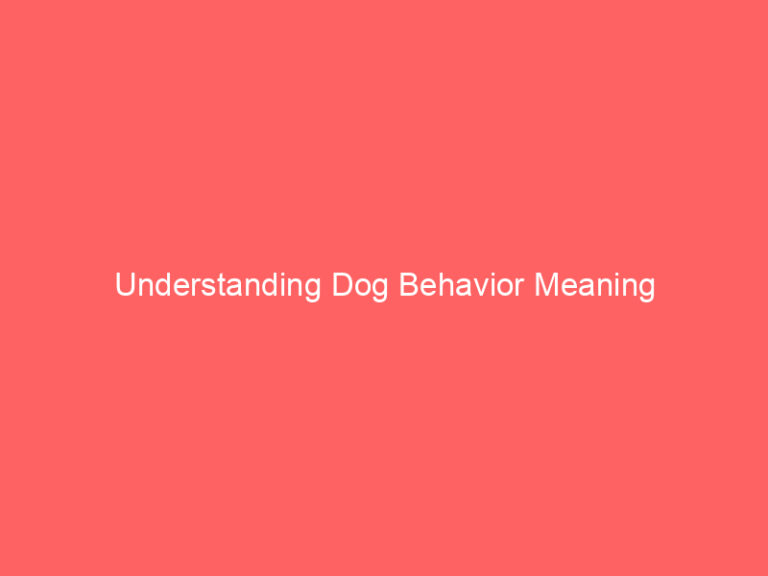
As a pet parent, the thought of your beloved family member becoming seriously ill or injured can be heartbreaking. But having the appropriate dog health insurance policy in place could save your pup (or cat) from financial devastation associated with long or complex illness – often more than worth the investment! Many pet insurance providers offer both accident-and-illness plans as well as wellness or preventive care add-ons so you can tailor them specifically to meet your needs and budget.
Pet owners should consider how a variety of factors, such as their pet’s medical history, size, breed and age affect the cost of insurance premiums for them and their pet. Claims submitted for treatment have an impactful ripple-effect; while routine care costs may incur smaller bills that won’t typically be covered.
Your choice of insurance plan will have a direct bearing on your monthly premiums. Accident coverage typically provides protection for incidents like bite wounds, cuts, broken bones and swallowed objects; as well as treatments such as X-rays, blood work and sutures for these injuries. Conversely, illness coverage typically covers viral infections, skin allergies parasites hip dysplasia while some insurers even include coverage for hereditary conditions like heart disease and intervertebral disk disease.
Most pet insurance providers provide you with options for selecting your deductible, reimbursement level and annual maximum premium amount. A higher deductible means lower monthly premium payments while higher reimbursement rates and annual maximums increase out-of-pocket costs per incident while increasing premium costs per incident.
Another consideration is that most policies exclude pre-existing conditions. However, some may cover them after either waiting period has passed or if they can be treated within certain time limits – for instance Embrace pet insurance covers hereditary conditions such as hip dysplasia as long as your pup was free from symptoms for at least six months prior to starting coverage.
Notably, most pet insurance plans do not cover routine or preventive care services like wellness exams, vaccinations, prescription diet foods and microchipping; however some companies like Embrace offer add-on plans that offer 100% reimbursement of such costs once your deductible has been met.
Overall, speaking to your veterinarian is the best way to assess if pet health insurance is worth investing in; but if you want to discover more about which policy will provide the greatest savings over your pet’s lifetime. If that sounds intimidating or intimidating, use Pawlicy Advisor instead! Our system analyzes risk profiles for each of our policies available on the market as well as price differences between policies so we can recommend one which saves both parties money in total cost over time – simply enter their information.





